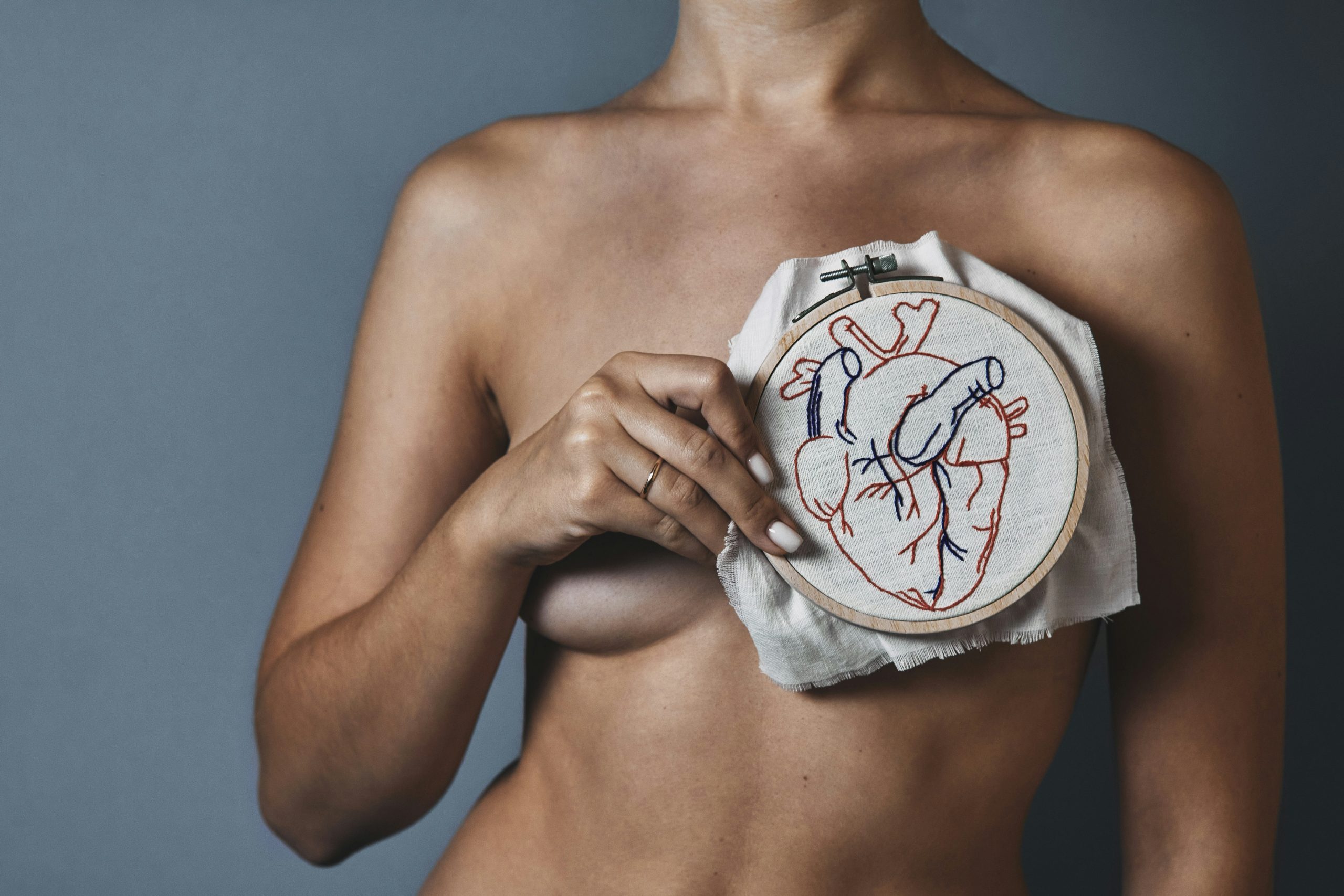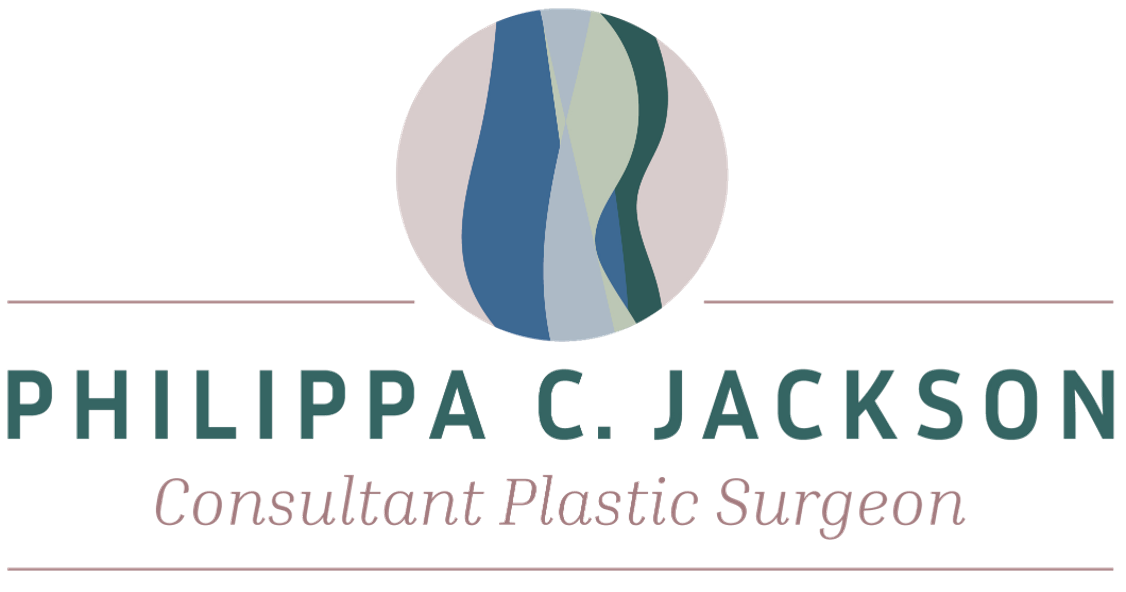DIEP Flap Reconstruction
DIEP flap breast reconstruction involves using skin and fat from your lower abdomen to recreate the breast following a mastectomy.
This technique uses the tissue along with its blood supply, which runs through the abdominal muscles and originates from the pelvis. Occasionally, a small portion of abdominal muscle may need to be included to ensure the tissue has a good blood supply - this is referred to as a muscle-sparing TRAM flap, and the need for this is determined by your individual anatomy. The operation typically takes between six and eight hours under general anaesthetic, and you can expect to stay in hospital for two to three nights afterwards.
Recovery takes time, and while most of the healing happens in the first six weeks, it can take around three months before you feel fully back to your usual activities. Scars, both internal and external, continue to mature over the following 18 to 24 months, and gradual improvements in the appearance and feel of the reconstructed breast are expected during that time.

* Previous case photos can be shown in person at a consultation in the clinic.
Following the surgery, you will have a horizontal scar across your lower abdomen, usually stretching from hip to hip, and another scar around your belly button. On the breast itself, the scar pattern will vary depending on your previous surgery, and a patch of skin from your tummy will be used to replace the skin removed during the mastectomy. In rare cases, an additional scar across the shoulder may be necessary if other donor sites are not suitable.
Frequently Asked Questions
- Surgical time – 6-8 hours
- Anaesthetic type – General anaesthetic
- Time off work – 2-4 weeks office work, 6 weeks manual work
- Hospital stay – 2-3 nights
- Shower – 72 hours after being discharged
- Reasonably mobile – 2 days
- Sleeping position – back for 4 weeks
- Exercise including gym – 6 weeks
- Bras – front fastening post-op bra and underwear for 6 weeks day and night
- Sexual activity – after 4-6 weeks when comfortable
- Full recovery – 18 months
- Driving – up to 6 weeks (check with insurer)


